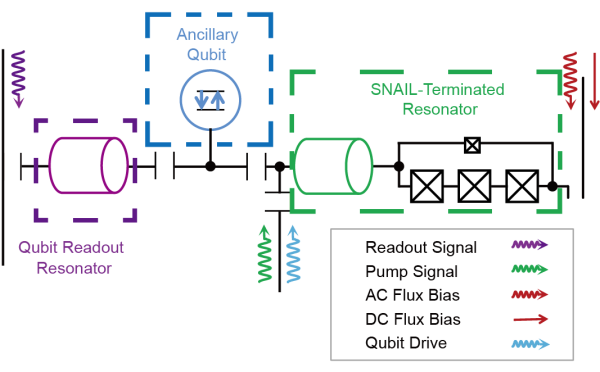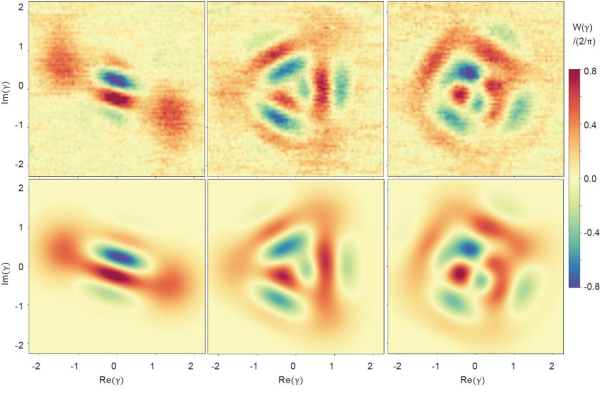Shanghai Microsystems Institute and others have made progress in the preparation of quantum states i
Recently, Lin Zhirong and Wang Zhen's team from the Chinese Academy of Sciences Shanghai Institute of Microsystems and Information Technology, together with Lu Yong, PhD, Stuttgart University, Germany, Per Delsing, professor of Charms University of Technology, Sweden, and Cai Zhaoshen, professor of Tokyo University of Science, proposed and experimentally verified a method for rapid preparation and storage of Schrodinger cat states using superconducting quantum circuits integrated on a chip. On October 11th, the related achievement was titled 'Fast generation of Schr ö dinger cat states using a Kerr tunable superconducting reactor' and published in 'Nature Communications 2023, Vol. 14, pp. 6358'.
Quantum error correction is an important research direction in the field of quantum computing. Its core principle is to extend the Hilbert space of quantum state encoding, detect the distribution of states in real-time, and detect and correct potential quantum bit errors. This technology is crucial for maintaining and protecting the integrity of quantum information in quantum computing. Schr ö dinger cat state encoding is an ingenious Bose encoding scheme that stores quantum information in multidimensional Hilbert space without increasing hardware complexity. At the same time, it exhibits strong robustness against photon loss, and is therefore considered one of the important schemes for achieving quantum error correction. Usually, the preparation of Schr ö dinger cat states relies on high-quality three-dimensional microwave resonators or slow adiabatic evolution, which limits the scale and operating speed of quantum circuits. The team achieved rapid preparation, measurement, and storage of Schr ö dinger cat states on two-dimensional superconducting quantum chips by rapidly modulating the nonlinear coefficients of superconducting microwave resonators, providing a new Schr ö dinger cat state preparation scheme for scalable quantum error correction.
The research work has been supported by the National Natural Science Foundation of China, the Chinese Academy of Sciences' strategic leading science and technology project, the Shanghai Municipal Science and Technology Commission, and the R&D plan in key fields of Guangdong Province.

Figure 1. Schematic diagram of superconducting quantum circuit

Figure 2. Wigner function measurements and theoretical values of Schr ö dinger cat state
